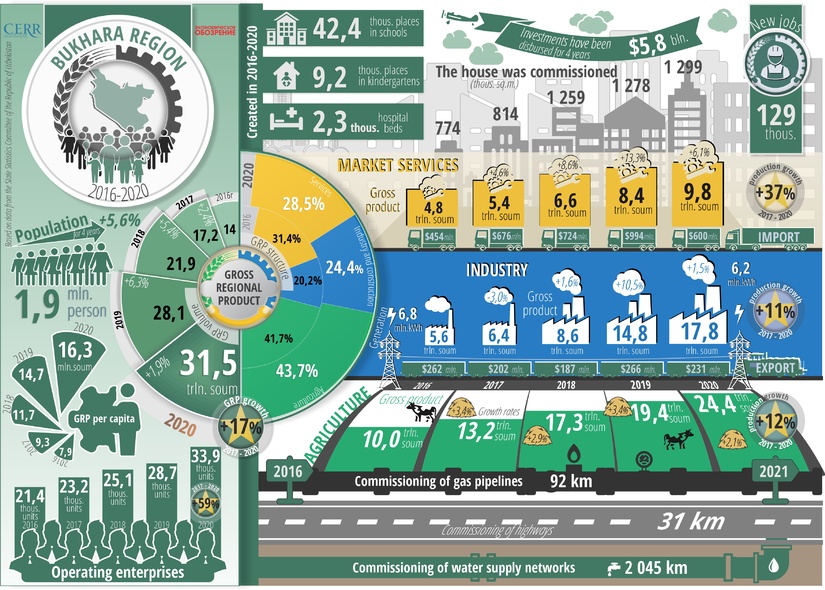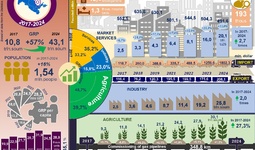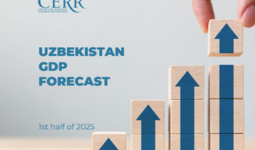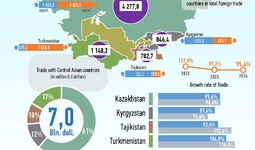The experts presented the main changes in the socio-economic development of the region that have occurred during the last years of active reforms.
The Bukhara region ranks as second among the regions of Uzbekistan after the Navoi region. Due to its convenient geographical locationrich natural resources, agriculture, tourism, industry, logistics and agro-industry are constantly evolving.
In recent years, large-scale creative work has been carried out in the Bukhara region. The number of large industrial enterprises has significantly increased, communications have been laid, social facilities and apartment buildings have been built.
The share of agriculture in the gross regional product is 43.7%. The region has great potential in the spheres of industry, services and entrepreneurship.
Gross regional product of the region (GRP) for 2017-2020 increased by 17% and amounted to 31.5 trillion soums, industrial production increased from 5.6 trillion soums to 17.8 trillion soums (growth 11%).
Agricultural production increased by 12%, from 10 trillion soums in 2016 to 24.4 trillion soums in 2020.
The number of operating enterprises in the region increased by 59%, from 21.4 thousand in 2016 to 33.9 thousand in 2020.
In the field of infrastructure development, in 2016-2020, 92 km of gas pipelines and 2,045 km of water supply networks were laid.
During the pandemic 8 thousand people returned from abroad and 7 thousand of them already employed.
For five years, about 129 thousand jobs were created.
During the same period, 5,424 thousand square meters of housing were commissioned in the region, 9.2 thousand places were created in preschool, 42.4 thousand places in schools, 2.3 thousand hospital beds.
For the Bukhara region, 713 investment projects equal to 19 trillion soums have been formed for implementation in 2021-2022. From these, 555 will be implemented this year, it is planned to create more than 14 thousand new jobs.
Center for Economic Research and Reforms





















leave a comment